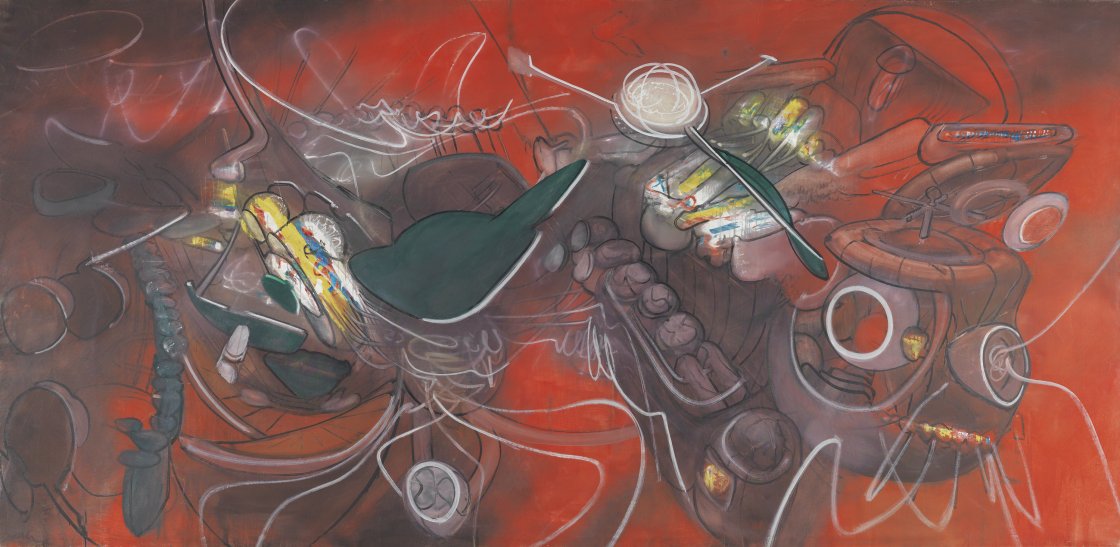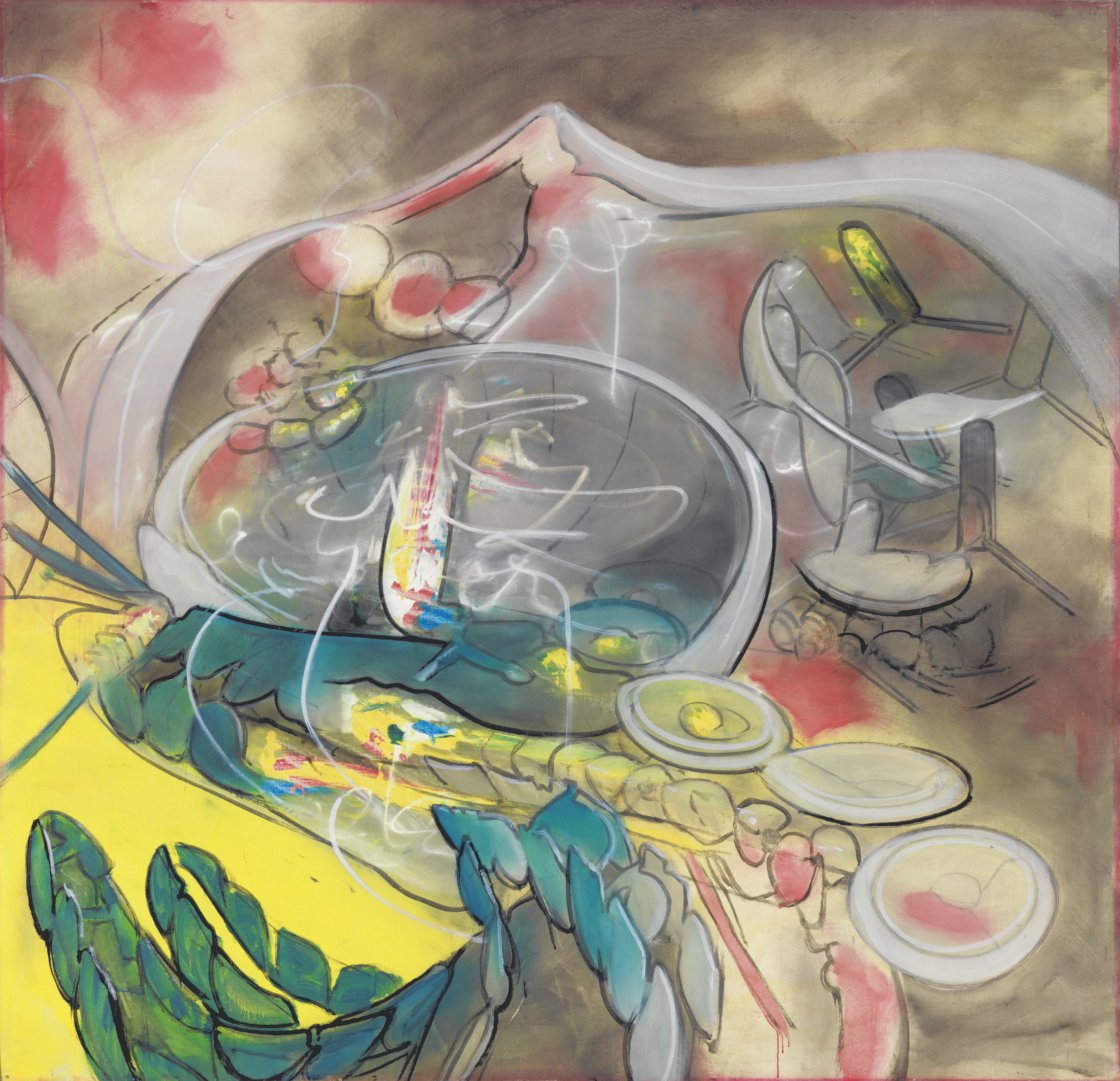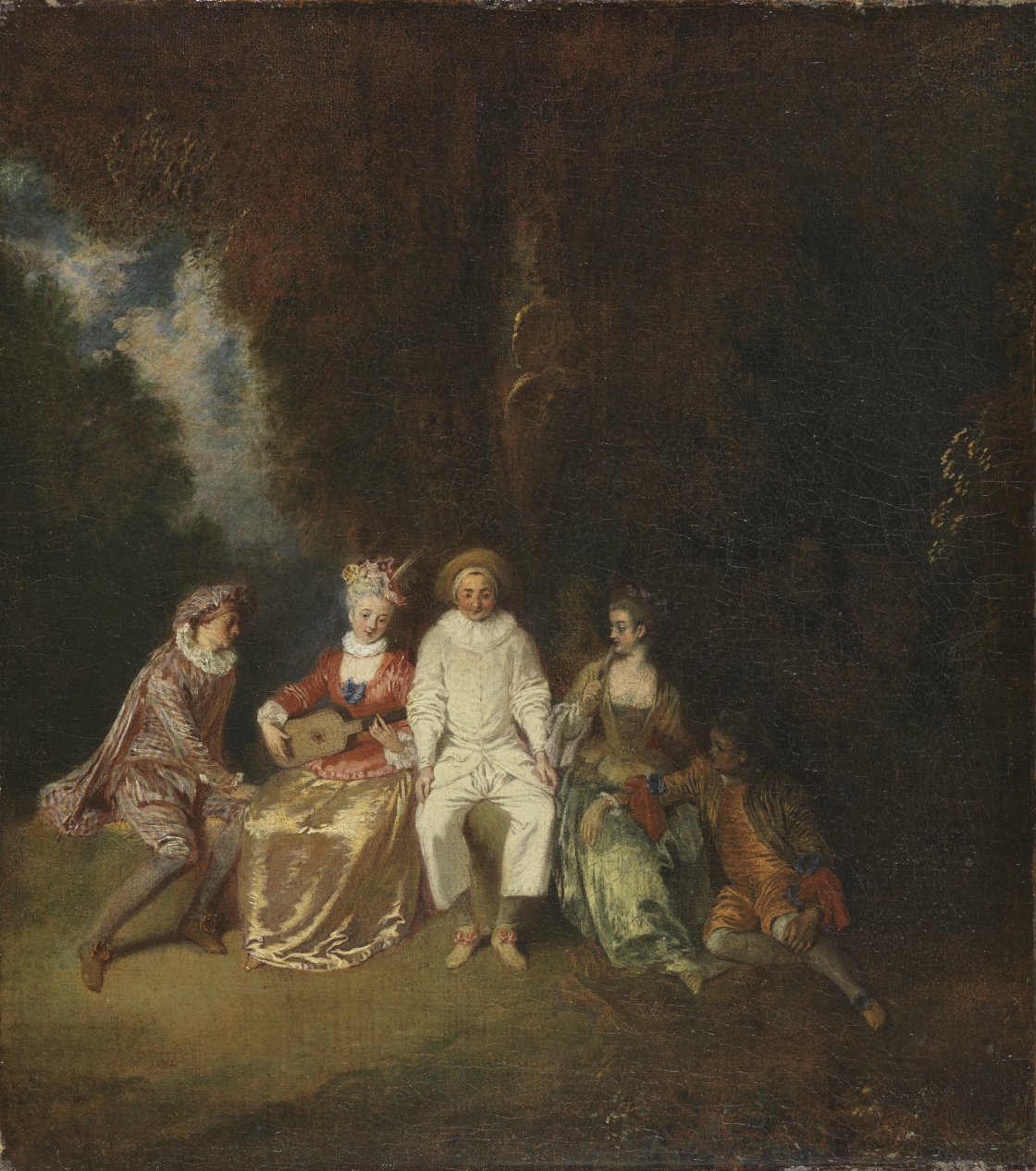Open Windows 4
May 2012
Online periodical regarding research of the works of the Collection

The Story behind the Research: Matta and the Open Cube
Marta Ruiz del Árbol
Discovering the stories concealed within works of art is one of the principal tasks of a museum curator. When was the work made? Under what circumstances? What did people think about it at the time? What did the artist think about it? What happened to the work after it was finished? In addition to the information provided by the materials used in a work’s creation, the marks left by the artist and the patina of time, research into other sources allows the curator, for example, to reconstruct the creative process and subsequent physical history of the work.

Matta: when the invisible reveals itself
Ignacio Olavarría
Roberto Sebastián Antonio Matta Echaurren forged chains of words in order to feel free and captured reality with the aim of demolishing the walls of pictorial representation. Urged on by his rebellious and unconventional nature, Matta went beyond the limits of spatial representation on the two-dimensional plane.

Watteau’s Vision of the Commedia dell’Arte
María Eugenia Alonso
Around 1702 Watteau (1684-1721) arrived in Paris from his native city of Valenciennes. In the capital circumstances favoured his rise to become the greatest painter of the French Rococo and one of the most original artists of the 18th century. Watteau’s first contacts with the world of the theatre and music date from the early years of his training in Paris, where he is documented around 1705 as a pupil of the painter, printmaker and set designer Claude Gillot (1673-1722).
